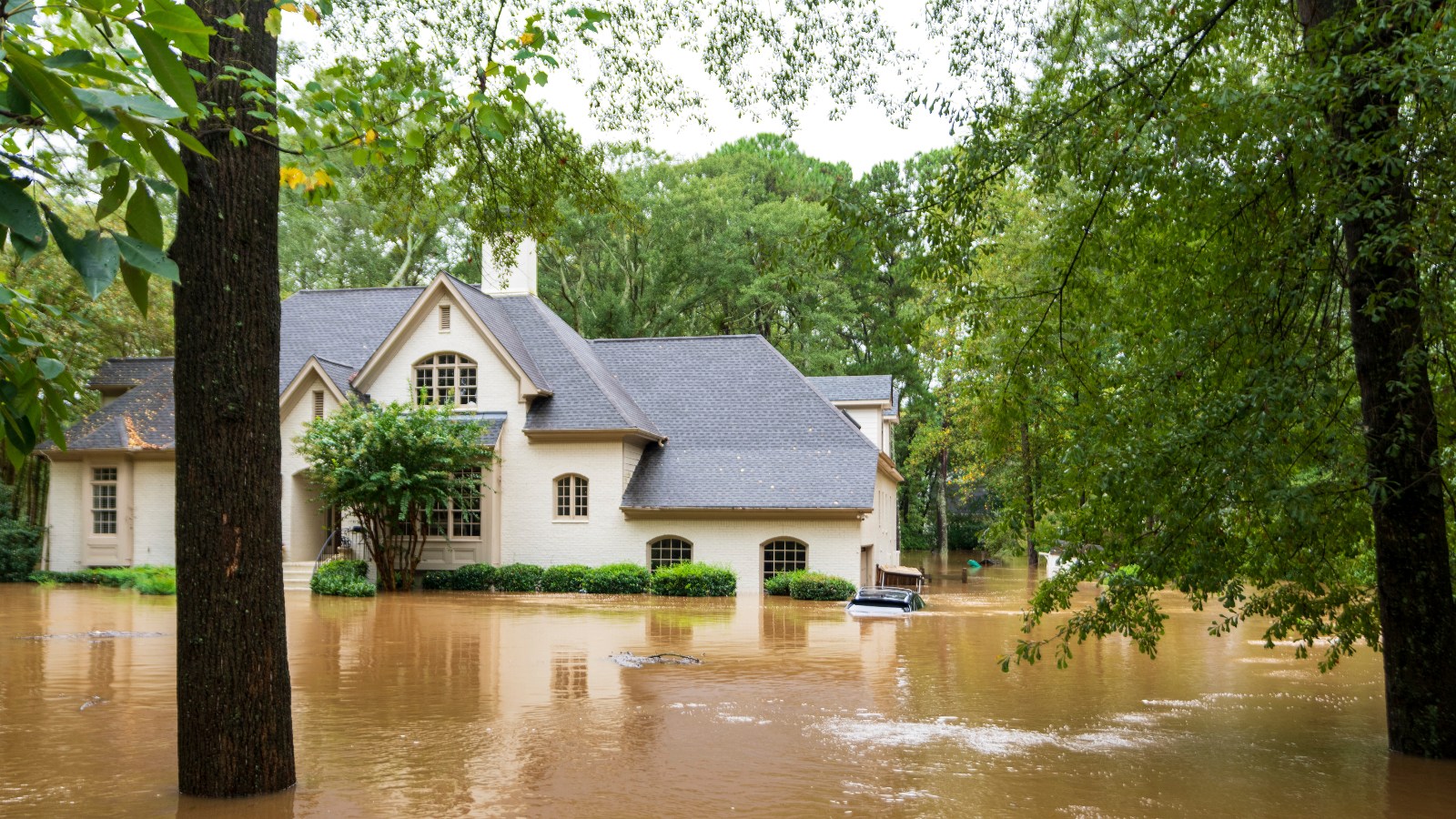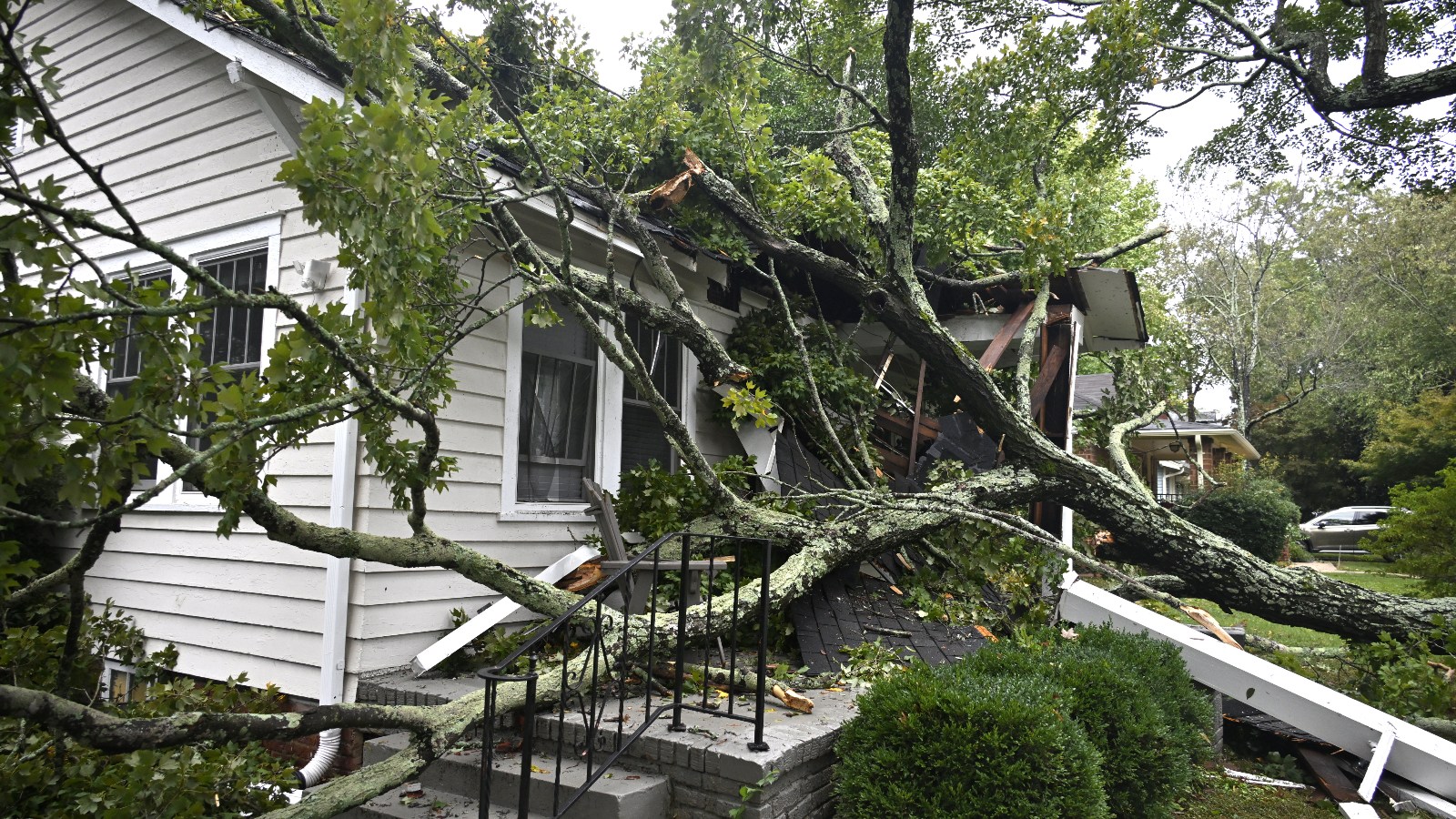A century of connections: Geneva’s Rural Heritage Center celebrates its 100th year
A $10 donation and a group of seven determined people helped keep the building people call ‘Geneva’s heart’ beating until its 100th birthday. What started as one of the first school buildings in Seminole County, The Rural Heritage Center has become a community hub, hosting everything from weddings and yoga classes to plays and birthday parties.
This year marks the 100-year anniversary of the schoolhouse, which at the time housed a library and three classrooms that served 80 students in 12 grades.

Located on Main Street in the center of the 2,900-population town of Geneva, the Center is tucked between the thick trees that line the two-laned road, which hosts important community activities, such as the 4th of July Parade and Festival.
But the Center was very close to being demolished not too many years ago.
In 2008, when the Seminole County School Board decided it was time to let go of the building, it was set to be demolished and turned into a school bus parking lot.
Longtime Geneva resident Mary Jo Martin was one of the original board members of the nonprofit Rural Heritage Center who objected to this plan. Members of the board put together a PowerPoint presentation detailing the vision they had for the building to convince the school board to sell them the property.
“The community said that building is still good,” Martin said.
Since the school board had already planned on demolishing the building, they willingly handed it over to the Rural Heritage Center for just $10.
“And the rest is history,” Martin said.
Martin and a team of longtime Geneva residents banded together to bring the building back to life. Throughout the process, the board members relied heavily on help from other community members who donated their time and skills to redo the floors, build furniture and donate money.
While the purchase of the building itself cost less than a meal, the restoration and upkeep cost the Rural Heritage Center thousands.
“We’ve put a lot of money and sweat equity into the building to restore it to a good condition,” Heritage Center finance director Richard Creedon said.
Creedon said the board put $50,000 into the restoration of the building and continues to contribute about $20,000 per year to keep up operations.
Bob Hughes, owner of the Ole General Store in Geneva, donated the wood, and Geneva resident Tracey Stebbins laid the floors. The tables in the center were built by a woodworking class hosted at the center.
Martin said the Rural Heritage Center was built up by the community for the community. The center’s original seven board members decided the building would serve as a place for groups to rent for events.
One day the center is a square dancing saloon where boot taps on wood floors echo through the halls and the next it serves as a theater where over 200 folks can view old movies in the auditorium. From churches gathering on long red pews to soap-making classes on the front porch and homeschooling meetings in front of wide chalkboards, the center has seen it all.
Now retired from the board, Martin teaches a mountain dulcimer class at the center, bringing people together through Appalachian folk music.
“They’re unemployed or retired people who have always loved music but never knew how to play anything and so they learned how to play dulcimer,” Martin said. “And we have such a good time.”
A bit of history
Behind the red brick walls and white pillars that frame the white double doors, designed by architect Elton Moughton, lives a space that brings Geneva’s spaced-out houses built on large acres of land of together.
What is now known as the Rural Heritage Center started as Geneva Elementary School. The original name is preserved in time, still displayed on the front porch of the building above its wide double doors.
Although it was small, the building had everything it needed to provide education for its 80 students. With three classrooms, a library and a partnering school that shared its cafeteria, Geneva’s old schoolhouse made do.
From its humble beginning, the building’s purpose grew.
In 1988, after Geneva Elementary school moved next door to First Street, the building served as a water management office, a sheriff’s office and a resource center while still under the school board’s ownership.
Answering today’s needs
While the building has served many different roles throughout time, it has held onto its original structure and purpose to serve the community.
During the Great Depression, while the Heritage Center was still known as the Geneva School House, a program teaching home economics to women and agriculture to men was designed to help meet the needs of families.

Eighty-one years later, the center took the initiative to help the community recover from devastation again after Hurricane Ian left the city flooded and without power.
Facility Use Coordinator Trish Deer recalled the center’s 2022 recovery effort.
“We just decided we’re opening,” Deer said. “We don’t care what happens, we are opening, and that was a huge blessing to the community.”
In partnership with FEMA, Seminole County and the American Red Cross, the center provided cleaning supplies, baby diapers and food for residents in need for nearly a month after the storm.

As the Rural Heritage Center continues to grow, Creedon requests that the community continues to support its initiative by offering donations.
The board plans to use the money to remove termites from the building, build a new roof and repair the air conditioning, which Creedon says will cost approximately $85,000.
“If you want to donate, the money is going to go actually to what you want it to be donated for and it’s not going to just go into any kind of pet project,” Creedon said.
Now, the meeting rooms that once served as classrooms are named after local lakes and are open to anyone in the community who needs to rent a space for an event.
“We’re ready if you’re ready to have an event,” Deer said. “No matter how small or how big, we’re there to help you.”
Annual memberships cost $25 and lifetime memberships cost $200.
When Martin reflects on the progress the Center has made over time, she said the success of the Rural Heritage Center was unexpected but it somehow “just worked.”
“I never thought it would continue but it does,” Martin said. “And the people who are the board members now are still doing the same thing we were doing, and trying to keep it up and keep it healthy…It’s still alive and serving the community of the rural area.”
Community members can look forward to the center’s Trunk or Treat event at 5:45 p.m. Thursday, Oct. 31, which will give kids in the community the opportunity to dress up and celebrate Halloween. Learn more.
The post A century of connections: Geneva’s Rural Heritage Center celebrates its 100th year appeared first on Oviedo Community News.


















